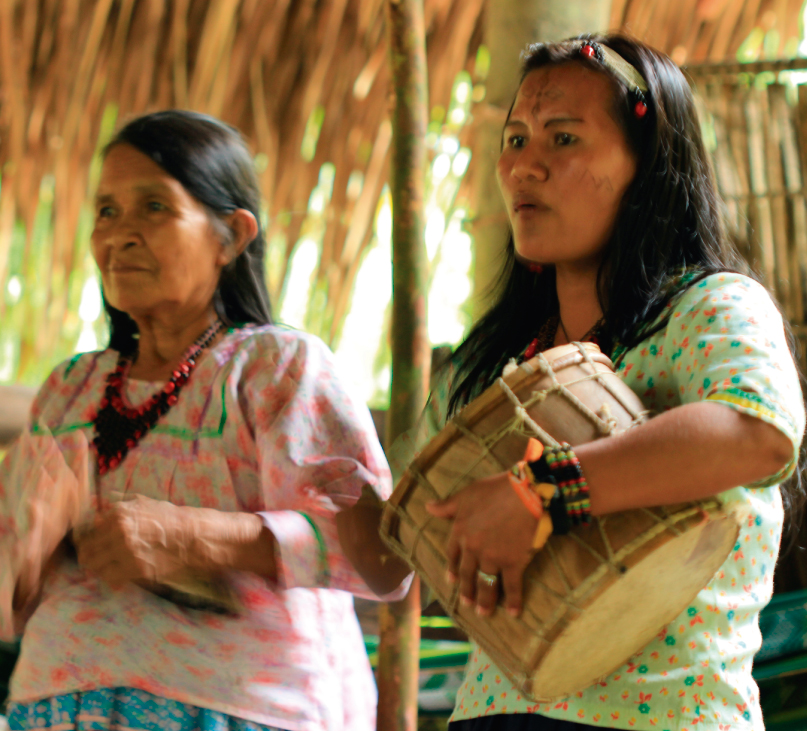The best popular festivals in Ecuador | Las mejores fiestas populares del Ecuador
Ecuador is a country with great cultural diversity, here you will find the best tours for every season of the year. | Ecuador es un país con una gran diversidad cultural, por eso tenemos para tí los mejores recorridos durante el Año.
Fiesta de San Pedro
This is an ancestral festival that every year the people of the town of Cayambe celebrate with songs and dances, wearing their best costumes in a parade full of color. This is also a time to taste the delicious gastronomy…

Yamor
This holiday started 52 years ago. The intercultural peoples of Otavalo come together to honor Mother Earth and especially use corn as a symbol of fertility. The main element of this celebration is the girl made with seven varieties of…

Diablada de Pillaro
The first days of January in the province of Tungurahua in the city of Pillaro the famous “Diablada de Píllaro” is celebrated, an ancestral tradition where more than 1000 dancers expose their culture, folklore, gastronomy and much more.
Fiesta de las Flores y las Frutas
In the first weeks of February, the city of Ambato is dressed in flowers and fruits with its traditional parade where they exhibit allegorical cars, folk dances, music and beautiful costumes that accompany the parade every year. The joy of…

El Carnaval de Guaranda
It is one of the most popular festivals in the country where color, hubbub, party, folklore, music and dance take the streets of the beautiful city of Guaranda exposing its culture and traditions so that all who visit it enjoy…

Rodeo Montubio Costeño
It is a coastal tradition combined by skills and traditions, it is mainly celebrated in Guayas, Manabí, El Oro and Los Ríos. It is a festivity full of excitement where the riders wearing their best costumes demonstrate their skills in…

La Chonta de la Amazonía
It is a typical celebration of the Shuar indigenous community that symbolizes gratitude to nature for the abundance received. A praise ritual is performed for the harvest and at the same time the people of the community and their visitors…

La Mama Negra
This festival is held in the city of Latacunga where its inhabitants pay homage of gratitude to the Virgen de la Merced. In this celebration the indigenous, Spanish and African cultures of Ecuador are shown. The streets of the city…

Inti Raymi
It is an indigenous celebration in gratitude for the care and blessing of their crops. Because of the solstice it is held during the months of June and July. This is a colorful and joyful festival where folk dances, traditional…



